Chemical Food Safety
A Scientist's Perspective
Chemical Food Safety: A Scientist's Perspective introduces readers to the science of risk assessment as applied to food safety and offers relevant, current information on research and statistics, chemicals, biotechnology issues, and emerging diseases that challenge the risk assessment strategies of toxicology and microbiology. Riviere investigates the potential health consequences of pesticides, food additives and drugs, demonstrating how science can be applied to make risk assessments. He differentiates between “real risks” and “phantom risks,” unearthing numerous fallacies in the public perception of risk assessment and evidence of people’s intolerance to certain types of risks—no matter how remote. Chemical Food Safety is based on credible, scientifically correct data rather than irrational fears propagated by media coverage concerning food safety. The book explores these riveting topics: *food security and the world of bioterrorism, *toxicity of natural compounds and artificial additives in foods, *the toxicology of pesticides in food, *issues of biotechnology and genetically modified food, *other compelling issues in chemical food safety.With its focus on how the results of toxicology are applied in the real world, Chemical Food Safety: A Scientist’s Perspective will be a valuable addition to the libraries of food scientists, dieticians, animal producers, veterinarians and anyone else with a professional or personal interest in risk assessment, toxicology, epidemiology or food safety.
- ISBN 13 : 0470376589
- ISBN 10 : 9780470376584
- Judul : Chemical Food Safety
- Sub Judul : A Scientist's Perspective
- Pengarang : Jim E. Riviere,
- Kategori : Technology & Engineering
- Penerbit : John Wiley & Sons
- Bahasa : en
- Tahun : 2008
- Halaman : 213
- Halaman : 213
- Google Book : https://play.google.com/store/books/details?id=23YEMcgqvusC&source=gbs_api
-
Ketersediaan :
This book explores several compelling issues in chemical food safety, including: Food security and the world of bioterrorism. Toxicity of natural compounds and artificial additives in foods. The toxicity of pesticides in food.

